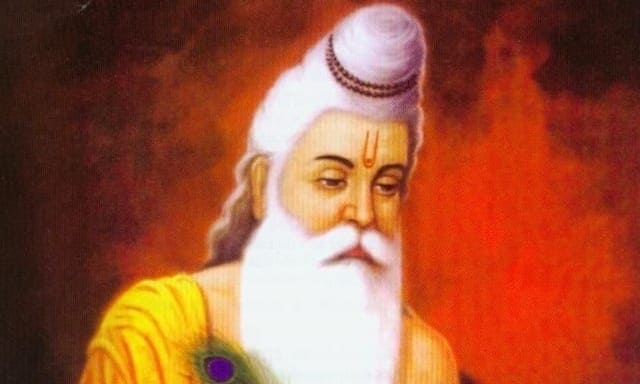Dakshinamurthi is an incarnation of Lord Siva. The Lord has many names like Siva, Vishnu etc. The Lord is called Siva because he is mangala svarupa, that is, all auspiciousness. The Lord is also called Vishnu, because of being sarva vyapaka, all-pervading. The entire universe has got its existence in Isvara. Hence Isvara is called Vishnu.
